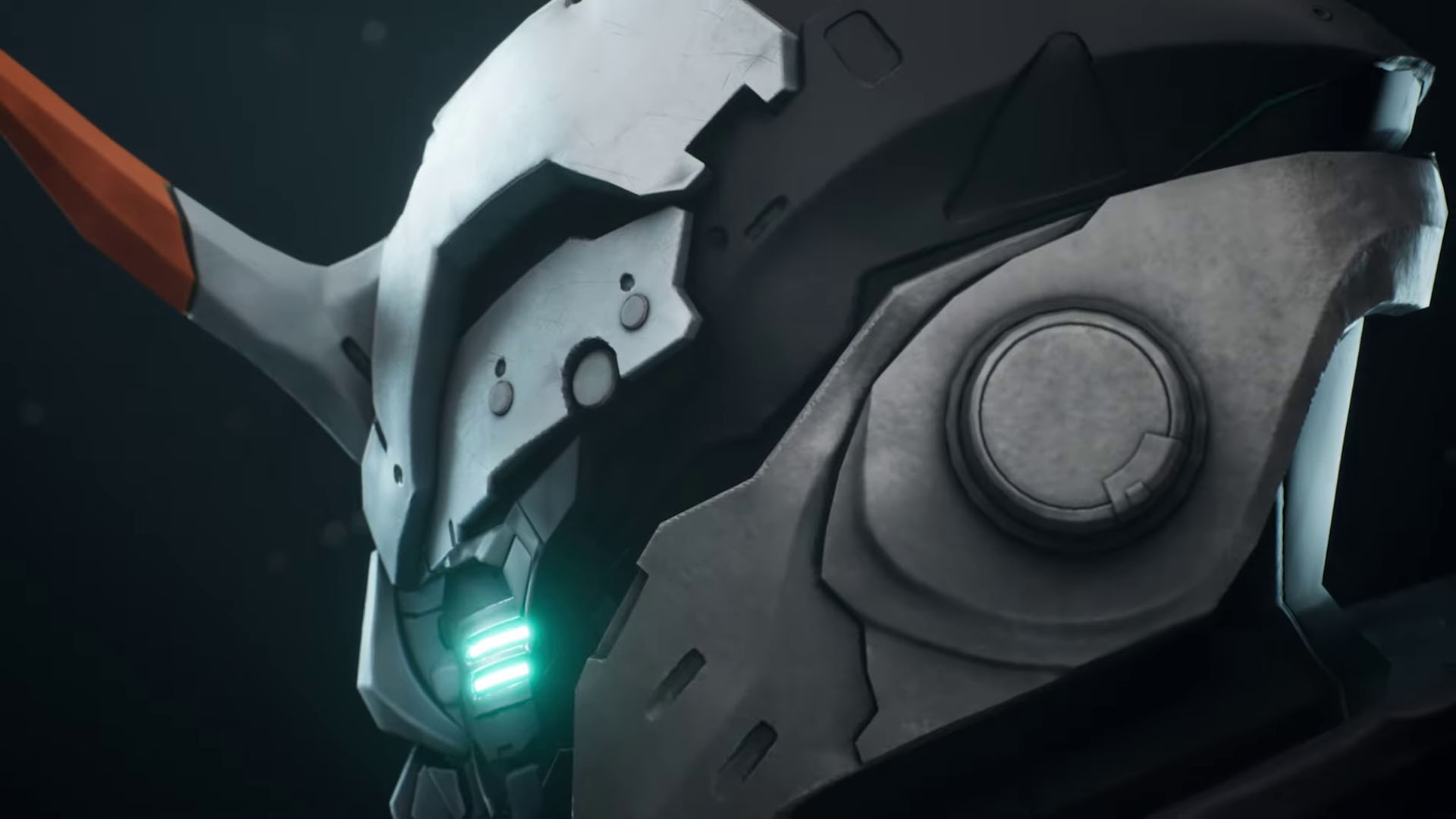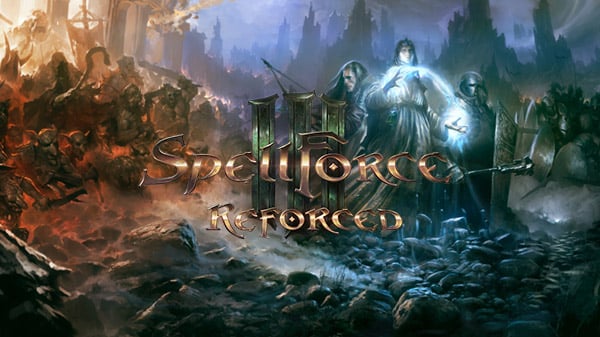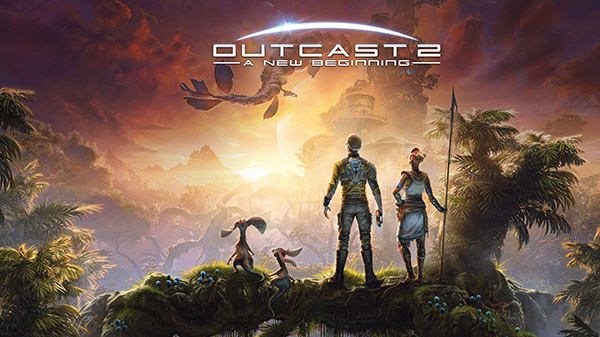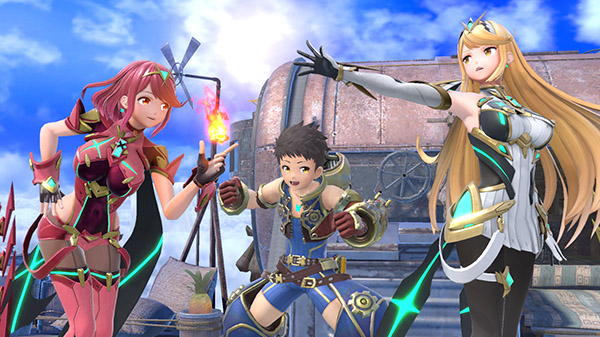# Bokeh Game Studio founders Q&A video part one – Slitterhead inspirations, creatures, combat, and more

“#
Bokeh Game Studio founders Q&A video part one – Slitterhead inspirations, creatures, combat, and more ”
Bokeh Game Studio has released the first part of a question-and-answers session with the founders, featuring CEO and creator Keiichiro Toyama, CTO and game director Junya Okura, and COO and producer Kazunobu Sato.
In the interview, the creators discuss their inspirations for the December 2021-announced Slitterhead, gameplay, inspirations, downloadable content, indie life, creatures, combat, and more.
Get the full interview video and transcript below. Part two will be available on March 4.
Keiichiro Toyama, Creative Director: “A first aspect is the energy I felt from Hong Kong as a city. Another one comes from what we’ve created in the past with Forbidden Siren. I started to wonder what could happen if we reinterpreted that concept. These were my two big inspirations.”
How do you balance between horror and action gameplay? What is the main point of the game? What is the scale of the game’s world?
Toyama: “My first thought would be that the game doesn’t fully enter the horror genre. It spans over multiple genres where horror is expressed. From there, I wanted to widen the player base who could access the game, including players who don’t usually play horror games. I wanted a game that could be enjoyed for its action, yet whose concept doesn’t solely revolve around killing enemies. It conflicts the mind, making the players reluctant to enter certain fights. I want to achieve both action and drama with this game.”
Will the game be third-person?
Junya Okura, Game Director: “The game will indeed be third-person. Do you have something to add to this?”
Toyama: “We had multiple choices to begin with. Ultimately, the team includes members who have worked with us on Gravity Rush, so we wanted to leverage their skills, which is why we decided to pursue third-person action.”
Will Slitterhead adopt multiple points of view like your previous games?
Toyama: “The question is somewhat abstract. Forbidden Siren had the sight-jack mechanic, a literal way to go through another point of view. There were also multiple playable characters who brought their perspective to the story, so I feel there are multiple layers to this question. Nevertheless, I believe this is an aspect that I am comfortable with. I believe that I naturally tend to go towards that direction. It’s also present in the game, so please look forward to it.”
How did Slitterhead become Bokeh Game Studio’s first project? Will you try making experimental downloadable content like you did with Gravity Rush 2‘s ‘The Ark of Time’?
Toyama: “We wanted to build our own studio and had some sort of a plan. There were other ideas. I had written down a few concepts. I had about four or five at first that I’ve shown to these two and asked for their opinion. We narrowed it down to two or three and ultimately ended up with the base for Slitterhead.”
Kazunobu Sato, Producer: “This leads us to the answer to the next question as well. Scale-wise, Slitterhead felt like the closest to what we had previously made so far, so the decision also took into account the fact that we were just building our studio. It’s close to what we’ve done before, but it’s not the same. We’re controlling our budget and narrowing it to a more compact scale.”
How about downloadable content?
Toyama: “The question refers to Gravity Rush and one of its downloadable contents that had a standalone story. I believe that’s what the question means by experimental. In the end, everything we make is experimental. I’m sure there’s a way to make things more easily, that’s the case now as well. Why do we end up always trying to make things we’ve never done before. That’s a hassle.”
Okura: “Don’t say that.”
Sato: “Hassle is not the word for it.”
Okura: “It’s just that there’s no point in imitating something that’s been already made. In the end we end up trying new things.”
Toyama: “That’s right.”
Okura: “It starts up with us getting excited because it’s new. We want to make strange things, in a good way.”
Sato: “That’s why we can’t really say anything about a downloadable content right now. We need to finish the main game first.”
Toyama: “We’re focusing on the main game and think sequel or downloadable content, but we first need to achieve a strong main game.”
Sato: “Adding on to this, back in the day these decisions needed to get approval from Sony. In our current state, if it’s fun we can just go ahead and make it, so if the demand is big enough, it’s easier for us to answer.”
What’s the difference you feel in your work from working with big publishers and going indie?
Okura: “We can make anything by ourselves. Alternately, nothing moves if we don’t make things. We’re indeed free, but it involves self-responsibility. It’s enjoyable though.”
Sato: “In a sense, the difference is so big that I wouldn’t know where to start. However, the process of creating a game doesn’t change that much. Everything that revolves around that is different though. For this, it doesn’t mean that working for a publisher is better. There’s a difference in the decision process. Okura pointed out the responsibility aspect as well. Overall we have a different sense of speed which is fulfilling.”
Toyama: “As we’re now working with a minimal organizational structure, things move tremendously fast in how we take decisions. A difference is definitely that we can immediately act the way we want to, however, I don’t want to make it sound that it’s all positive. There are difficult aspects or decisions to make, some for which you used to have someone else in the organization cover for you but that you now have to do yourself. It’s a heavy responsibility that comes to counterbalance that freedom. Still, it’s something that we enjoy at the moment. There are some similarities to some of the decisions we used to take when we were young. However, the scope of responsibilities is now much larger. Still, it feels both new and nostalgic in a way.”
There are plenty of books in the studio’s library. Did these books influence the team’s previous works? Is there a specific concept to it?
Toyama: “I want to gather documents that inspire our work. I don’t know how yet, but ultimately I want players to be able to visit this spot someday, so I also take this into account. However, there are also some books from my house’s bookshelves. These days, I often bring books back to the studio, mostly comics, that influenced Slitterhead. In that sense, I want people to be interested and look into them.”
In your “A New Chapter” video, the three of you discussed the good time sof making SIREN and how you wanted to replicate them. How are you concretely working on that one year later?
Sato: “We usually begin our games by going on a field research trip. However, we unfortunately couldn’t this time due to the pandemic. What do you think?”
Okura: “It’s been more than a decade since Forbidden Siren. Still, it’s not like we’re in a ‘New Game Plus’ where we start with all the experience we’ve acquired until now. There were some challenges that we’ve faced back then. There definitely were as we tried new things on Siren. Right now, we’re facing challenges all the same, as we try again to come up with something new. As a result, we’re recreating that same feeling. Still, we’re making efforts and we’re having fun in multiple aspects.”
Toyama: “If we were to look for the same things that in the old days… Compared to before, we feel more pressure in doing a good job. We anticipate more in order not to waste resources. The budgets are very different than what they used to be. Many of us are not ready to jump the gun just for fun. We have families and responsibilities that come with that, meaning that we can’t fail. There’s a sense of responsibility that we have, still we start by exposing the fun things that we want to make. This is not formal, but now that we’re here it’s just saying what we want to do. There’s that openness where everyone goes all in. It feels like before, although it doesn’t make things easy. Still, that type of thing is similar to the past and I enjoy it.”
Sato: “We still fight over things too.”
Toyama: “Right, but we fight like adults now. We don’t go screaming around how ‘we hate that guy!’, like we used to in our twenties. Right now it’s more: ‘Are you sure about that?’ We tend to be more delicate.”
Sato: “It depends on people I guess… from the sidelines it looks the same though.”
Toyama: “It used to be wild… We would burst in meetings saying: ‘I can’t work with you anymore!’ then going ‘let’s go get drunk’ right after. We’re not in these extremes anymore. Still, we say what we have to say in order to end up understanding each other. I like that we’re still being straight on things.”
What led you to take the “Iegozu” creatures as a model for the game?
Toyama: “Right, this clearly comes as a base to build the game’s foundation. How to put it… Simply put, I wanted a game where monsters could eat up humans. Still, I felt things you would often see like zombies or flesh-eating creatures wouldn’t be fun, so I proceeded to research for other types of creatures. This is where I stumbled upon the ‘Iegozu,’ a creature that eats up brains. I didn’t even know how to pronounce it first. Still, I found the idea of a brain-eating creature to be interesting. I took this as base inspiration to start working on the game.”
What type of combat will we see in the game? The trailer seemed to show some interesting components such as melee or firearms.
Okura: “For combat, there are elements that many players are already experienced with. However, as Toyama pointed out, there are multiple new aspects that we want to pursue. I agree in how we want to make something that wasn’t made before. We want to make the players surprised upon discovering them. I want to include aspects that will feel completely new to the player.”
Will you still make games with psychological deepness and odd plots like works by David Lynch? How do you plan to approach psychological horror in the future?
Toyama: I want someday to do something with some classic psychological horror themes like I did with Silent Hill. However, I’d rather do that when working with really limited resources, such as budget or having to focus on one individual. Right now, we have staff with the ability to work on action. I want to leverage their skills to go in another direction. Still, I also want to make something more personal someday.”
I like horror games where not moving forward makes the situation even worse, with a somewhat unreasonable level of difficulty. Do you plan on creating that experience in Slitterhead?
Okura: “How to answer this one… As it’s been mentioned, we also want to focus on entertainment rather than plain horror, so I don’t think there will be parts so scary that the player can’t go forward. Still, there is a terror aspect that I want to include even if the game lays more towards action. There are some slow and fast moments as well. I’d like to include some horror elements in the slower parts, balancing with the frenzy action moments. What do you think?”
Toyama: “I personally don’t want to create horror by having an unreasonable level of difficulty. It’s more about the conflict of the mind, whether one should or shouldn’t do a certain action. This is more the theme that I want to be challenging this time.”
Is Slitterhead getting a physical release? To Keiichiro Toyama: I’m curious to know if you played the Silent Hill games that came out after the first one?
Sato: “Of course we want to release the game on disc, ideally launch it with a collector’s edition. Right, there’s a special feeling that we have for physical formats. How about the games you played?”
Toyama: “Right, Silent Hill. I obviously played the first games. However, many games ended up being released, including on mobile. I can’t say that I have played all of them. I have played the main games though.”
Is there anything from working on Gravity Rush especially that inspired Slitterhead?
Toyama: “Right, this game is in a way a compilation of all of my past experiences. We’ve been openly talking about action. For this part, we’re taking into account the feedback we’ve received on Gravity Rush. Other aspects, such as the action leveraging the height of buildings, are leveraging our know-how from Gravity Rush.”
Will the game have a sequel if it succeeds or will you pursue another original game?
Sato: “We have to succeed first…”
Toyama: “Right, I’d like to think of that once we’ve succeeded.”
Sato: “Still, I believe that we’ll end up prioritizing and what we will want to do at that moment.”
Toyama: “There are still many things that we want to do that are in the game. For some others we start saying from time to time that we’ll add them in the sequel. Still, I believe the first game’s impact is what’s important, so I want to focus on that.”
If you liked the article, do not forget to share it with your friends. Follow us on Google News too, click on the star and choose us from your favorites.
For forums sites go to Forum.BuradaBiliyorum.Com
If you want to read more News articles, you can visit our Game category.




